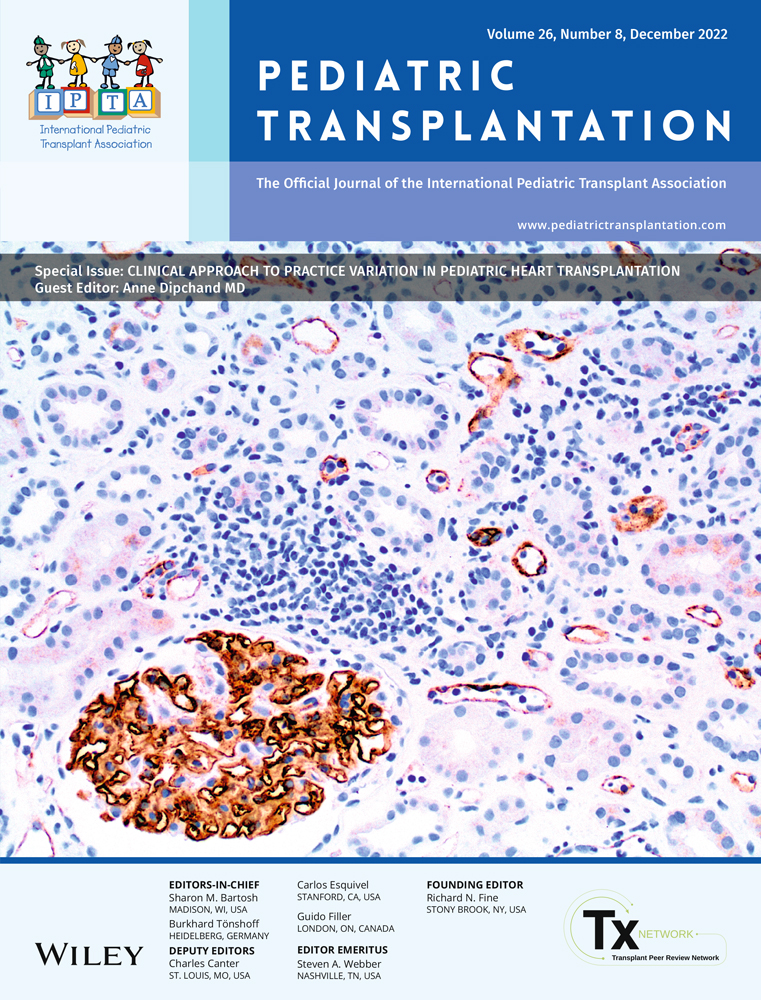Increased use of split liver grafts in adult recipients following implementation of a pediatric liver transplant program
Abstract
Background
Split liver transplantation (SLT) is a strategy to address organ shortage, but is a technically more demanding procedure than whole graft liver transplantation (LT). We aimed to determine the outcomes following SLT in adult recipients as well as to highlight the impact that having a pediatric LT program has on SLT implementation.
Methods
All SLTs conducted at a single-center from 2010 to 2019 were identified. Patient data was obtained through retrospective review of the electronic medical record. Kaplan–Meier analysis assessed primary outcomes of 1-,3-, and 5-year graft and patient survival.
Results
We identified 37 SLTs performed at our institution from 2010 to 2019. Twenty-four donated livers resulted in 21 extended right lobes and 16 left lateral segments for adults and pediatrics recipients, respectively. Eighty-one percent (30/37) of the SLTs were performed after introduction of the combined pediatric program in 2016. 13/24 donor livers were split with both grafts allocated and used at our institution and 92% occurred after introduction of the pediatric program. Graft survival rates at 1-, 3-, and 5-years were 94% in adult recipients and 100% for all time periods in pediatric recipients. Actuarial post-transplant patient survival was 100% at 1-, 3-, and 5-years in both.
Conclusions
The introduction of a pediatric liver transplantation program resulted in more than a fourfold increase in the number of SLTs performed at our center. Increase in allocation and use of both grafts at our institution was also seen.
CONFLICT OF INTEREST
The authors of this manuscript have no conflicts of interest to disclose.
Open Research
DATA AVAILABILITY STATEMENT
Data available on request due to privacy/ethical restrictions.




